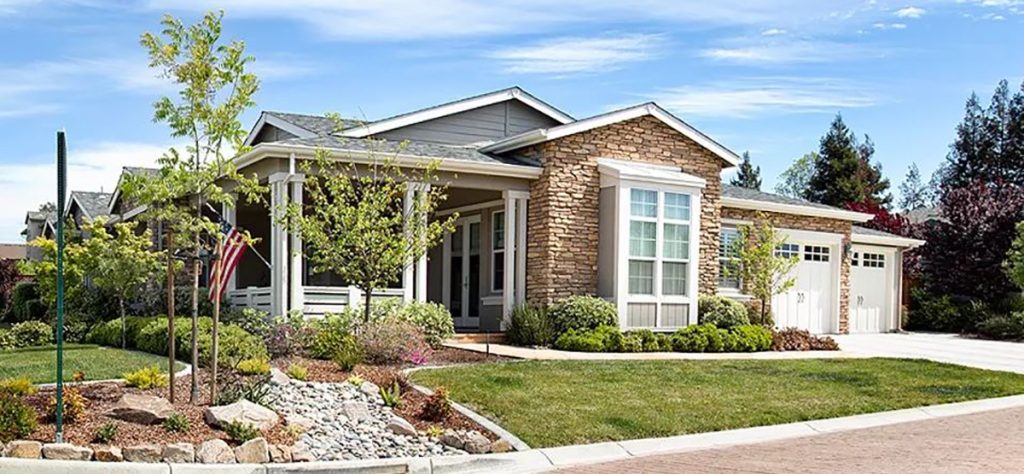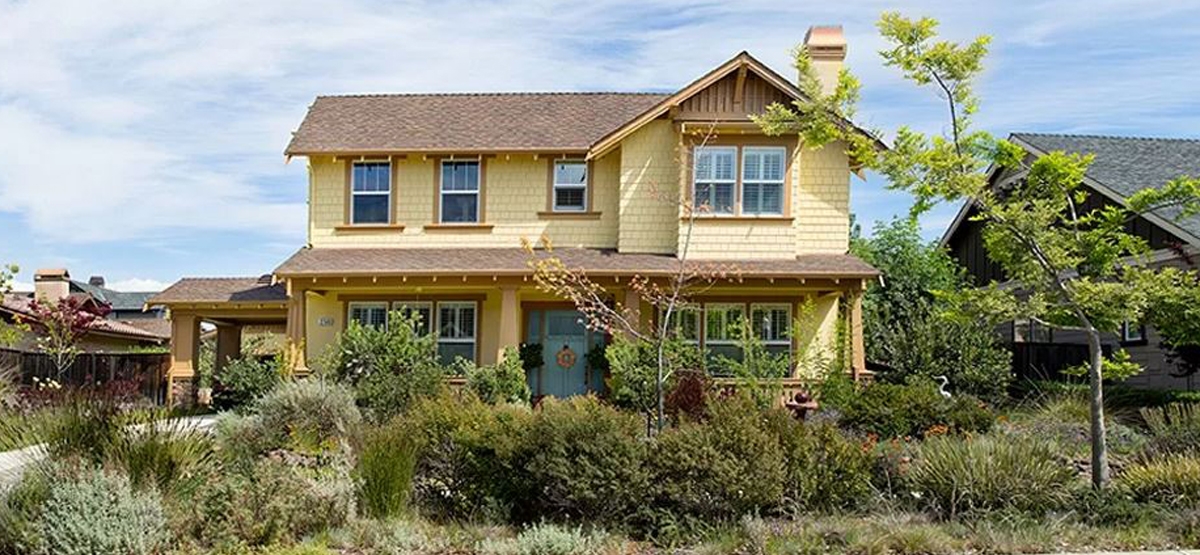House Painting Bay Area – Residential Painting
Owning a home is considered one of life’s most significant achievements. It also entails responsibility. In addition to financial obligation, maintenance is a part of home ownership. Regular maintenance can keep your abode in tip-top shape for many years. House painting in the Bay Area is a cost-effective way to maintain the appearance and overall “health” of your home.
Painting your home will turn it from blah to breathtaking! It also helps maintain the structural integrity of your home and increase its property value.
But before you dab a new coat of paint onto the surface, planning for the project first is essential. With proper planning, you will see that the results are well worth the effort.
Prep work is the key.
How do you want your paint job to end up smoothly and perfectly? Preparation is the key.
Let’s admit it – surface preparation is time-consuming and tedious work. You want to go to the more exciting part: applying the paint. But you cannot skip this step without having poor results.
The main reason surface preparation, or prep work, is essential is that the topcoat can’t adhere to unprepared surfaces. The paint will peel, crack, or bubble up because it is not sticking to the surface.
Brushing, rolling, or spraying paint onto a dirty and unprepared surface will make the paint job look sloppy and unprofessional. You will waste money and time if the surface is not properly cleaned and prepared. The new coat of paint will not last as it should. Worse, the paint could suffer from various adhesion problems that make your home look unappealing. And this is why prep work is essential. A properly clean and prepared surface will help the new paint adhere better to it, leading to a beautifully done paint job that will last longer.
Prep work typically consists of:
- Cleaning
- Covering and taping surfaces and areas you don’t want to paint.
- Filling cracks and holes
- Sanding
- Caulking
- Priming (if necessary)
Painting your home
You can paint your home in three ways: brushing, rolling and spraying. Choose any of the three that you feel comfortable doing. While using a paintbrush and roller will take more effort, it otherwise provides you better control, mainly when painting in tight corners.
Compared to brushing and rolling, spraying is much easier. It will also leave no ugly brush or lap marks. However, it is more expensive because it may use more paint. If you choose this method for exterior painting, you may risk overspray because the winds can carry the paint mist away instead of landing on the intended surface (and maybe it will land on your face, too). If you choose this method, especially for exterior painting, ensure the weather is stable and not too windy and humid. You may also want to hire professional painters trained to work with this method.
Interior painting
Preparing your interior before painting involves moving out or covering furniture, covering the floor, cleaning the surface, repairing any surface damage, sanding, caulking, and priming.
You can get by with a brush or roller in painting interior surfaces. If you’re painting large and flat surfaces, you can use a roller for a quicker job and a smoother finish. Use the brush to cut in around doors and windows, paint baseboards, and trim.
Exterior painting
Preparing your home’s exterior involves protecting areas (such as flower beds and decks) by covering them, washing the surface, repairing any surface damage, caulking, sanding, and priming.
Unlike interior painting, exterior painting has unique challenges, such as moisture, heat, and pollution. That’s why washing the surfaces is recommended, especially if it’s been a long time since they were last cleaned and painted. You can clean them by brushing, using a garden hose, or power washing.
The exteriors may have accumulated too much dirt and soot, so in this case, power-washing is recommended. Some shaded or water-logged areas may be damaged by mold and mildew, so you must remove them with a bleach solution or mildewcide.
After washing the surface, let it dry. Next, do the necessary repairs, caulking, and priming before painting.
The most common siding in most houses is wood siding, so these preparation steps above are usually for this type of siding. Other sidings, such as aluminum or vinyl, may require fewer steps than wood.
The time spent preparing the surface of your home will pay off later with a good paint finish that will last for many years. When it’s time to give your home a much-needed facelift, you can do the project yourself or let a professional paint your house. Custom Painting, Inc. can handle every surface preparation step and paint quickly and efficiently. Whichever way you choose, make sure that proper planning (including the budget) is in place before starting your house painting in the Bay Area project.
Serving the Bay area including the cities of Bay Point, Diablo, Milpitas, Mountain House and Newark. You can call us today at 925-294-8062 or by filling out our contact form to schedule an appointment.


